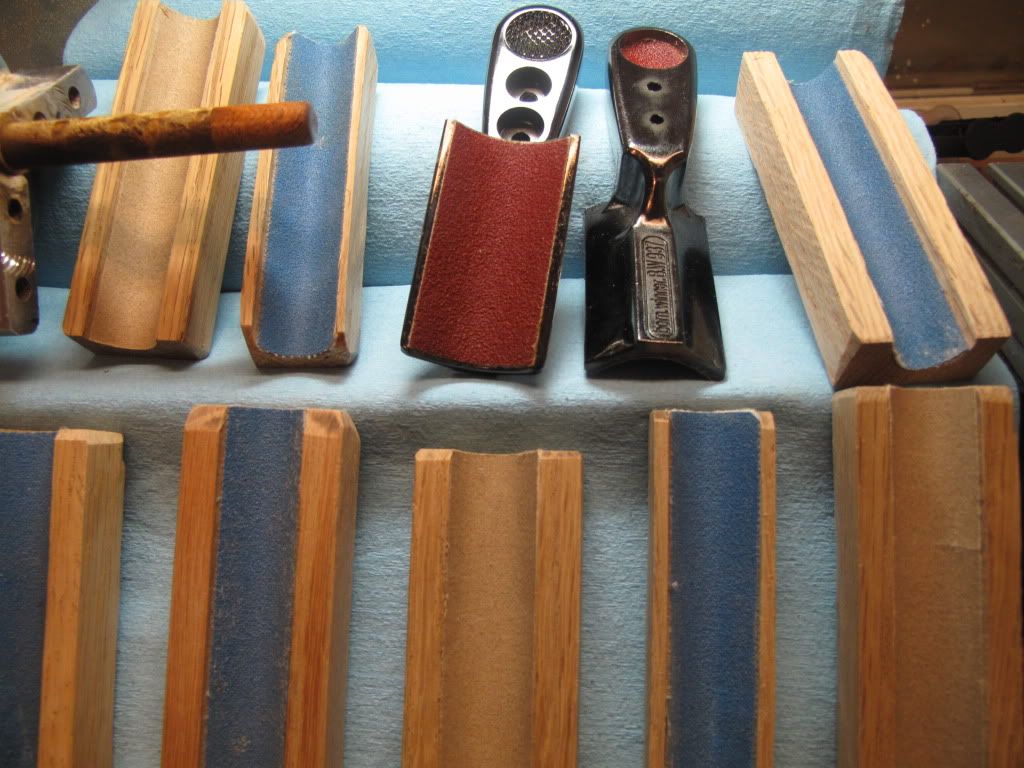The smaller the radius of the tip shape (a dime shape has a smaller radius than a nickel shape), the farther from centerball you can hit while still maintaining a consistent sized area of the tip contacting the cue ball.
The reason for this is because the point of contact of the curved tip and the cue ball will always be in line with the center of the cue ball and the center of the ball the tip simulates. For example, a dime shape tip simulates a ball/sphere that has the same radius as a dime.
In mathematical terms, a dime shaped tip has more steradians of surface area than a nickel shaped tip has. The more steradians of area your tip has, the farther from centerball you can consistently hit the cueball without risking a miscue.
To simplify, if you shape the tip so that it has the same curvature as the cueball, half a tip off centerball in any direction is the maximum amount of english/follow/draw you will be able to apply while providing for a consistent amount of contact area. If you take a cueball shaped tip any farther from center than that, the area of contact will be greatly reduced in comparison.
On the other hand, a tip with a larger radius will have a larger contact area with the cueball, provided you do not hit too far from centerball. This can offer a more consistent centerball shot, with small errors affecting accuracy less.
More curvature close to the edge of the tip, with a flatter tip center, simulates a variable radius shape, but as long as the variance is not too much, would allow for the best of both worlds. Flatter toward the edge and more round at the center of the tip would offer the worst of both worlds.
